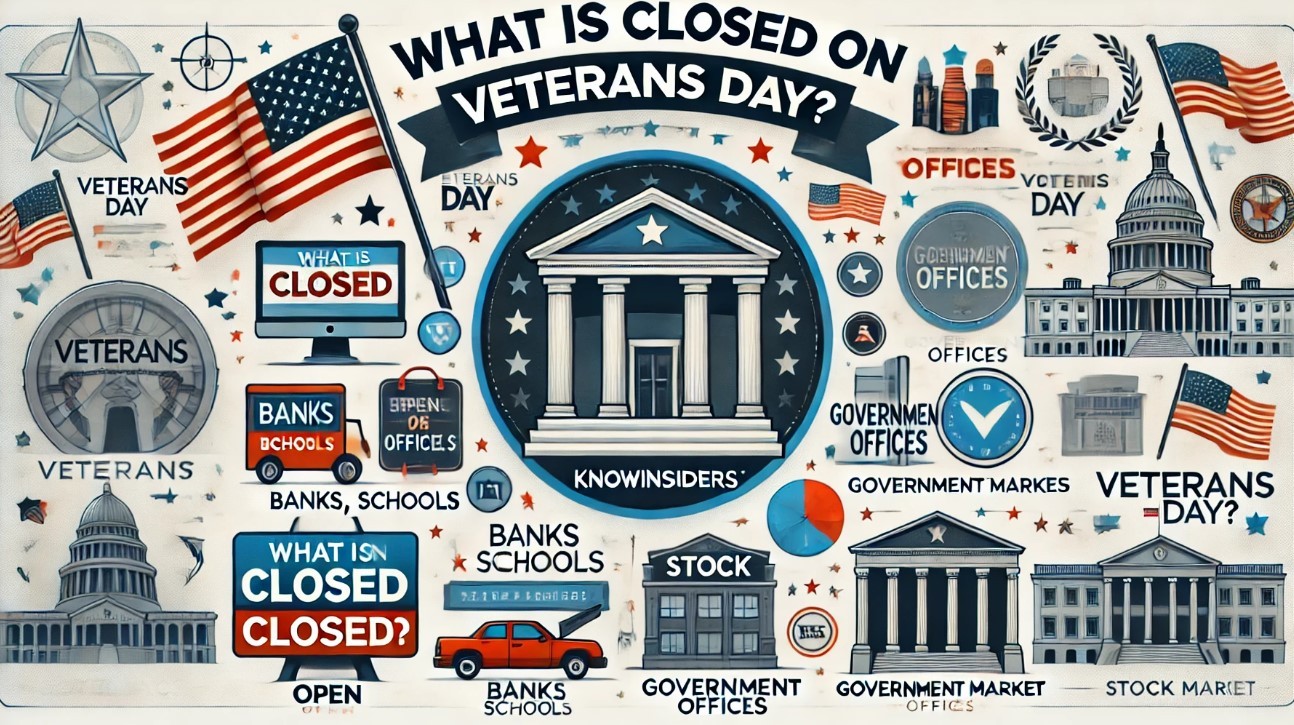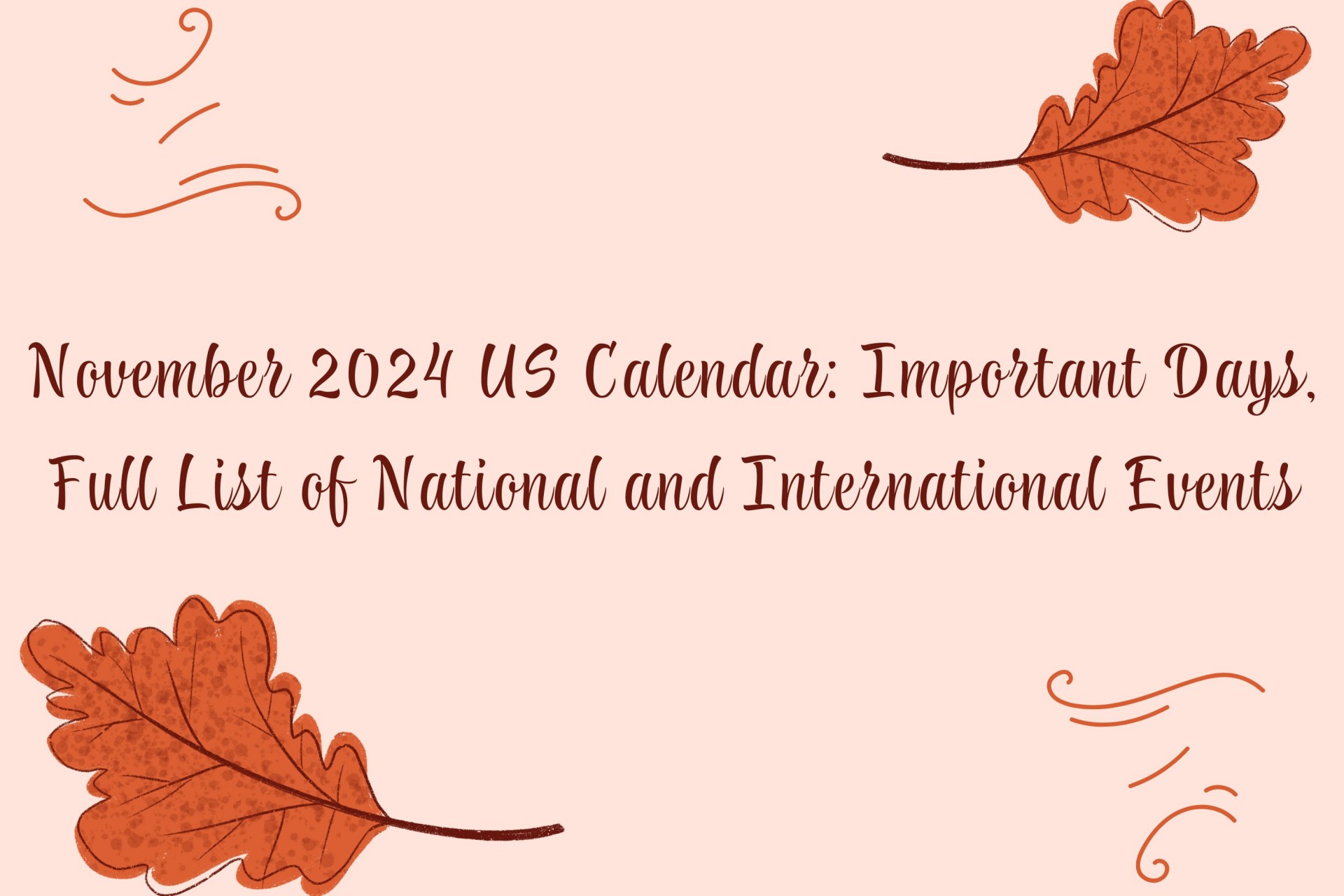How Many Veterans Are There In The U.S Today?
| Contents |
The topic of military veterans in the United States is one of significant importance, reflecting both the nation's history and its ongoing commitment to those who have served in its armed forces. As of the most recent data, understanding the exact number of veterans residing in the U.S. provides insight into the scope of resources, services, and attention needed to support these individuals.
Veterans are often recognized for their service and sacrifice with various benefits, including healthcare through the Veterans Health Administration, educational opportunities through the GI Bill, and numerous state and local programs aimed at veteran welfare.
They are also celebrated on national holidays like Veterans Day and Memorial Day, which underscore the country’s appreciation for their service.
 |
| How Many Veterans Are In The US Today? |
Who Are America’s Veterans?
America's veterans are individuals who have served in the U.S. military, including the Army, Navy, Air Force, Marine Corps, and Coast Guard. This diverse group includes men and women from various backgrounds, races, and ages, who have served in different capacities and in various conflicts and peacetime operations around the world. Here’s a closer look at who these veterans are, based on demographic data and service history:
Service Periods
Veterans come from several distinct service periods:
World War II Veterans: Though their numbers are dwindling, these veterans served during the global conflict from 1939 to 1945.
Korean War Veterans: Individuals who served during the conflict in Korea from 1950 to 1953.
Vietnam War Veterans: A large and often prominently discussed group, these veterans served during the Vietnam War era, roughly from 1964 to 1975.
Gulf War Veterans: Veterans of the first Gulf War in the early 1990s and those who fought in other Middle Eastern conflicts are included in this group.
Post-9/11 Veterans: The most recent generation of veterans, having fought in the war on terror since 2001, serving in Iraq, Afghanistan, and other theaters.
Socioeconomic Factors
Education: Due in part to the educational benefits provided by the GI Bill, veterans are more likely than non-veterans to have completed high school and hold advanced degrees.
Employment: Compared to non-veterans, veterans typically have higher employment rates; however, those who served in more recent conflicts might have higher unemployment rates.
Income: Veterans typically make more money than non-veterans, which can be linked to things like more education and specialized job training acquired while serving in the military.
Demographic Breakdown
There are many generations of veterans in the United States, including those who fought in the Gulf War, Korea, Vietnam, World War II, and the post-9/11 wars in Afghanistan and Iraq. These veterans' demographics differ greatly:
Age Distribution: Vietnam War veterans make up the largest group of veterans; many of them are now approaching their late 60s and early 70s. Veterans of the post-9/11 era are generally younger, frequently in their 30s and 40s.
Gender: Due to shifting military roles and opportunities, the veteran population, which was formerly predominately male, is now becoming more and more female.
Geographical Spread: Veterans live across all states, with higher concentrations in states like California, Texas, and Florida, which offer significant military infrastructure and support networks.
Current Statistics: How Many Veterans Are In The US Today?
According to the latest figures released by the United States Department of Veterans Affairs, there are approximately 19 million veterans in the United States as of this year. This represents a diverse group of men and women who have served in various capacities across multiple branches of the military, including the Army, Navy, Air Force, Marines, and Coast Guard.
Challenges Faced by Veterans
Veterans face numerous challenges upon returning to civilian life, including:
Health Issues: Many veterans deal with physical injuries or mental health issues such as PTSD, requiring comprehensive healthcare services.
Economic Integration: Finding employment after military service can be challenging, especially for those who served in combat roles.
Social Adjustment: Reintegrating into family and community life can be difficult for some veterans, necessitating strong social support systems.
Government and Community Support
In response to the needs of this substantial and diverse population, various government and community programs are in place to support veterans. These include healthcare services provided by the Veterans Health Administration, educational benefits under the GI Bill, and numerous state and local initiatives aimed at helping veterans with housing, employment, and psychological support.
Which states have the Highest Share of Veterans in the US?
The states with the highest share of veterans in the United States are typically those with strong military ties, either due to the presence of major bases, favorable veteran benefits, or historical military significance. As of the most recent data available, the states with the highest percentage of their populations being veterans are often those in the South, the West, and in areas with significant military installations. Here are some of the states known for having a high share of veterans:
Approximately 15% of Americans are veterans. However, the percentage of veterans in some states' populations is significantly higher than in others. Of all states, Alaska has the highest percentage of veterans (11% of those over the age of 18 identify as veterans). The remaining four places in order are Virginia (9.7%), Montana (9.4%), Wyoming (9.2%), and Maine (8.8%).
As for the lowest percentages of veterans in relation to their populations, New York (3.9%), New Jersey (3.9%), Massachusetts (4.2%), California (4.4%), and Utah (4.8%) have the lowest percentages.
Alaska:When it comes to the proportion of veterans in the general population, Alaska is always at the top. The state provides veterans with a number of benefits and maintains a significant military presence, including multiple important bases.
Virginia: Virginia has a sizable veteran population and is home to several important military installations, such as the Pentagon, Norfolk Naval Station, and Quantico Marine Base. The military and the state's services and economy are closely linked.
Montana: Montana, which has a high veteran population per capita, provides large, rural landscapes, a high standard of living that many veterans value, and special state benefits for veterans.
Wyoming: Wyoming’s low population overall and its traditional support for the military contribute to a high proportion of veterans.
Maine: Known for its veteran-friendly policies, Maine also has a high percentage of veterans. The state offers various tax exemptions and educational benefits to veterans.
West Virginia: West Virginia has a long history of military service, and a sizable section of its people are veterans. In addition, the state offers qualifying veterans a number of benefits, such as exemptions from property taxes.
South Carolina: South Carolina, which is home to multiple military installations, has a sizable veteran population, which is further increased by the state's veteran-friendly laws.
Conclusion
The current population of approximately 19 million veterans in the United States highlights the country's past military involvements and the continuous necessity to provide sufficient assistance to those who have served. As the population undergoes ongoing changes, it is imperative to adapt the services and support systems in order to facilitate their effective integration and overall welfare within society.
The prioritization of addressing the challenges encountered by veterans is indicative of the nation's dedication to upholding its commitment to individuals who have made sacrifices in service to their country.
Veterans Day in the U.SEvery year on November 11, Veterans Day is recognized as a federal holiday in the United States. This day is set aside to honor and recognize all former members of the armed forces of the United States as veterans. Veterans Day pays respect to all American military veterans, living or dead, in contrast to Memorial Day, which remembers those who lost their lives while serving in the armed forces. Veterans Day's origins can be traced to the Armistice that ended hostilities between the Allies and Germany on the eleventh hour of the eleventh day of the eleventh month of 1918, marking the end of World War I. President Woodrow Wilson first declared the holiday, then known as Armistice Day, in 1919 to mark the end of World War I and to recognize the sacrifices made by American service members. After World War II and the Korean War, the United States underwent a significant increase in the number of veterans, prompting the 83rd U.S. Congress to amend the 1938 Act by removing the word "Armistice" and substituting "Veterans." November 11 became a national holiday to honor American veterans of all conflicts after that. Veterans Day is observed nationally today with parades, speeches, and ceremonies. As a sign of respect and appreciation for those who have served in the nation's armed forces, the President of the United States usually places a wreath at the Tomb of the Unknown Soldier at Arlington National Cemetery in Arlington, Virginia. On Veterans Day, many businesses and schools are open as usual, but they might host assemblies or special events to honor and educate the veterans for their contributions. |
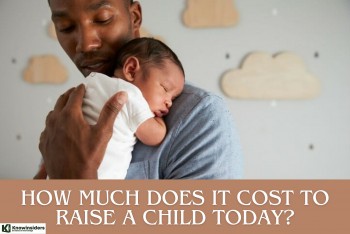 How Much Does It Cost To Raise a Child in the U.S Today? How Much Does It Cost To Raise a Child in the U.S Today? Raising a child involves various stages and aspects, each with its own set of costs and considerations. Here's an exploration of the financial implications of ... |
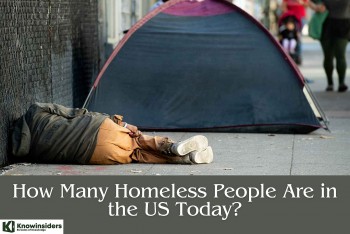 How Many Homeless People Are in the US Today? How Many Homeless People Are in the US Today? Homelessness in the United States has undergone significant changes over the past decade, influenced by economic fluctuations, policy changes, and societal shifts. Understanding these trends ... |
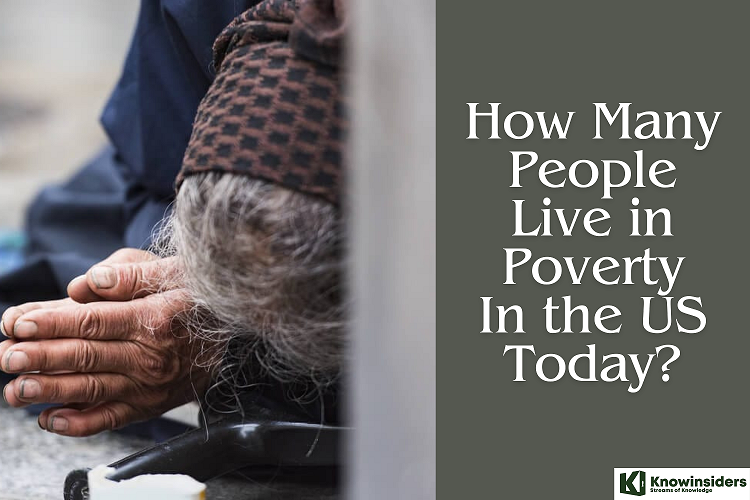 How Many People Live in Poverty In the US Today? How Many People Live in Poverty In the US Today? As of the latest reports, about 37 million Americans live in poverty, representing approximately 11.4% of the population. This figure underscores the significant number of ... |

